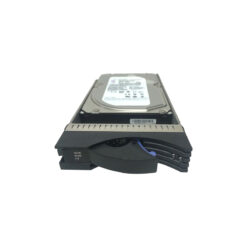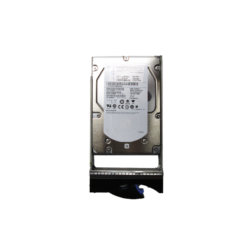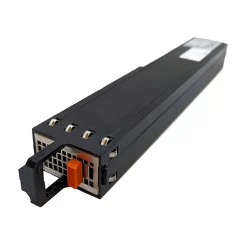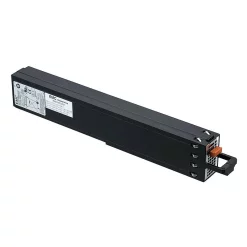Understanding Hybrid Storage Infrastructure
As businesses strive to meet the growing data demands, the need for efficient storage solutions becomes paramount. A hybrid storage infrastructure offers a blend of traditional hard disk drives (HDDs) and solid-state drives (SSDs), designed to optimize performance, cost, and capacity. By leveraging Dell EqualLogic, organizations can seamlessly design and implement a robust hybrid storage infrastructure tailored to their unique needs.
The Role of Dell EqualLogic
Dell EqualLogic is synonymous with intelligent, scalable storage solutions. Known for its ease of management and flexibility, EqualLogic arrays are pivotal in creating a seamless hybrid storage environment. Its features, such as automated data tiering and load balancing, ensure that data is optimally distributed across different storage media, thus enhancing performance and efficiency.
Key Benefits of Hybrid Storage Solutions
- Cost Efficiency: By combining HDDs and SSDs, organizations can balance cost and performance, ensuring high-speed access to frequently used data while keeping costs in check.
- Scalability: Hybrid storage infrastructures are highly scalable, allowing businesses to expand their capacity as needed without complete system overhauls.
- Performance Optimization: With SSDs handling demanding workloads and HDDs managing large-volume data storage, performance is optimized across the board.
Designing a Hybrid Infrastructure with EqualLogic
Designing a hybrid storage infrastructure begins with assessing organizational needs and data flow to categorize data based on access frequency. Dell EqualLogic offers tools and features that facilitate this process:
- Automated Tiering: This feature enables the automated movement of data between SSDs and HDDs based on access patterns, ensuring optimal performance and resource utilization.
- Dynamic Capacity Management: EqualLogic’s flexible architecture allows for dynamic capacity adjustments, ensuring that storage resources align with changing business needs.
Configuration Best Practices
Implementing a hybrid storage infrastructure requires strategic planning and configuration. Here are some best practices:
- Assess Data Requirements: Understanding your data’s access patterns is crucial. Classify data based on frequency of use and performance needs.
- Utilize EqualLogic Management Tools: Leverage Dell’s management software to monitor and adjust storage configurations proactively.
- Plan for Future Growth: Design your hybrid infrastructure with future scalability in mind. Ensure that your architecture can handle increased data loads.
Performance Metrics
Monitoring performance metrics is essential for optimizing a hybrid storage setup. Dell EqualLogic provides comprehensive analytics tools that offer insights into:
- I/O Performance: Measure inputs/outputs to assess the system’s efficiency.
- Latency Levels: Regularly check latency to ensure timely data access.
- Data Throughput: Monitor how data moves through the system to ensure peak performance.
HTML Chart Example: Storage Capacity Usage
| Month | SSD Usage (TB) | HDD Usage (TB) |
|---|---|---|
| January | 1.2 | 3.8 |
| February | 1.5 | 4.0 |
| March | 1.8 | 4.2 |
Conclusion: Adopting Dell EqualLogic for Hybrid Solutions
By implementing Dell EqualLogic in a hybrid storage infrastructure, businesses can effectively meet the demands of modern data environments. Its intelligent features and flexible architecture make it an ideal solution for organizations looking to optimize their storage strategy while preparing for future growth.












